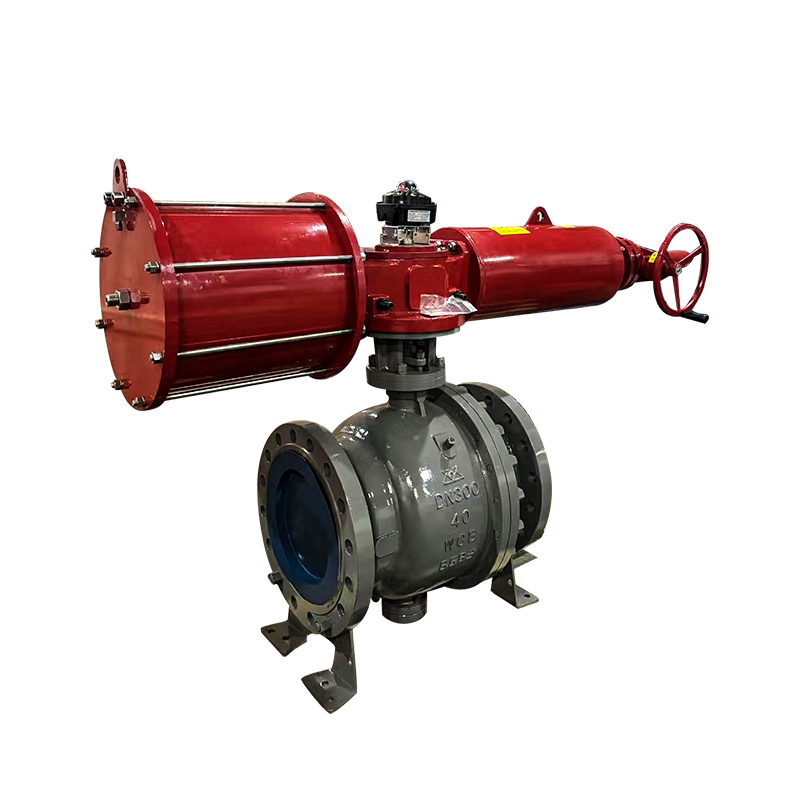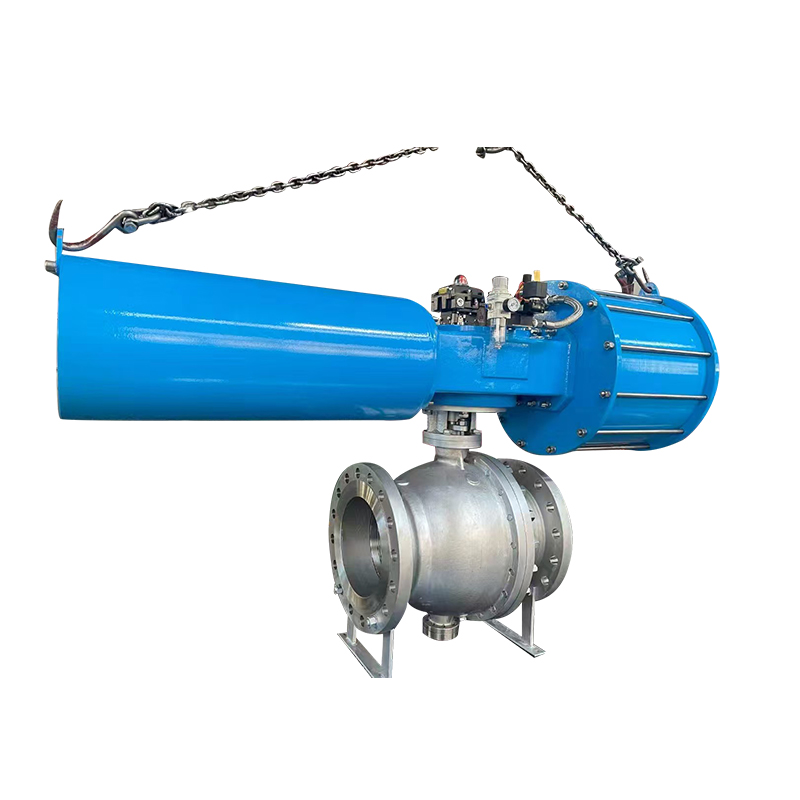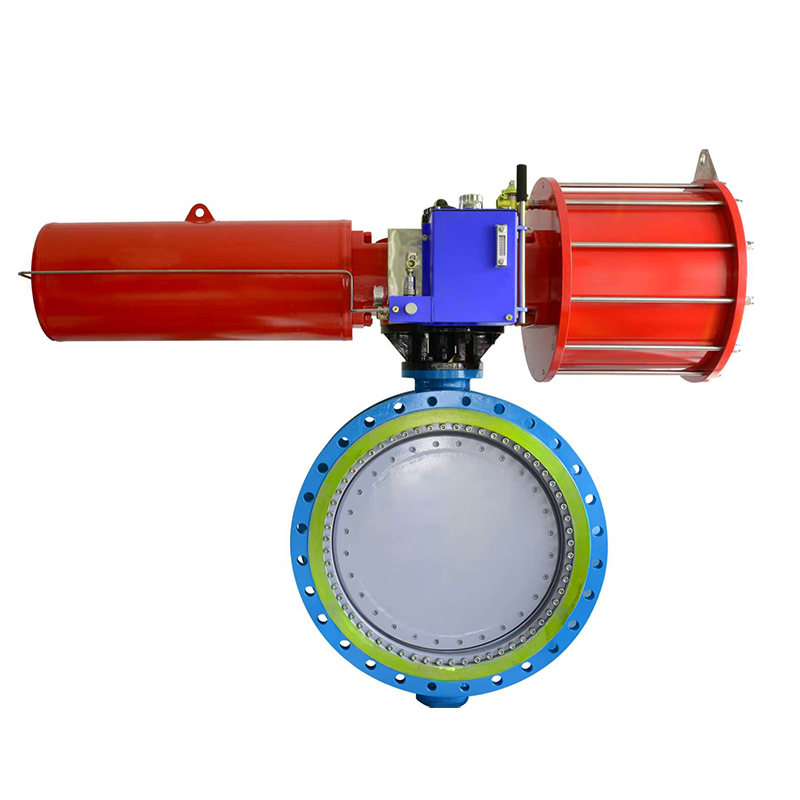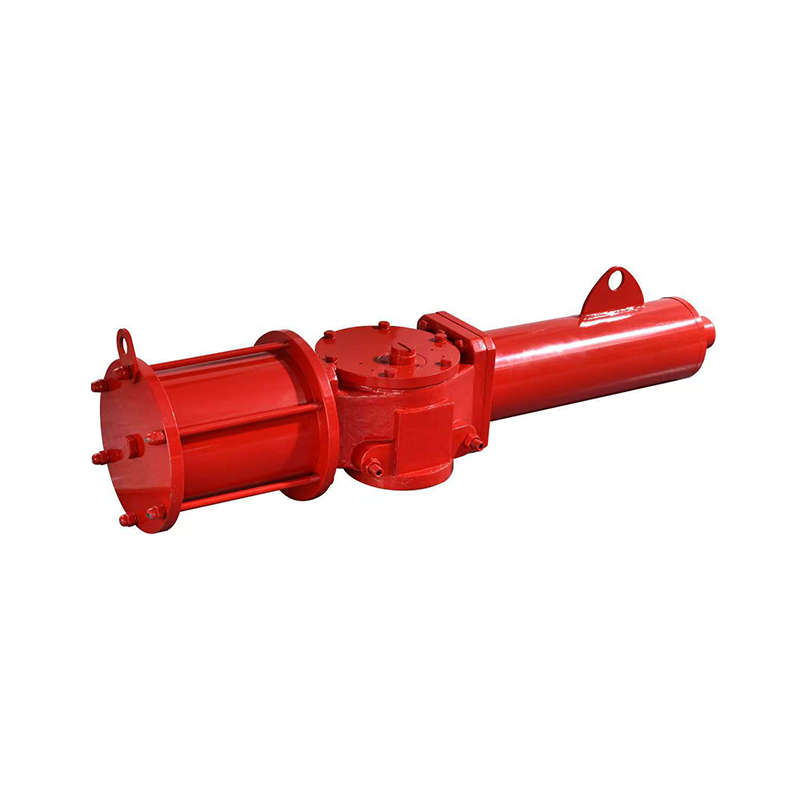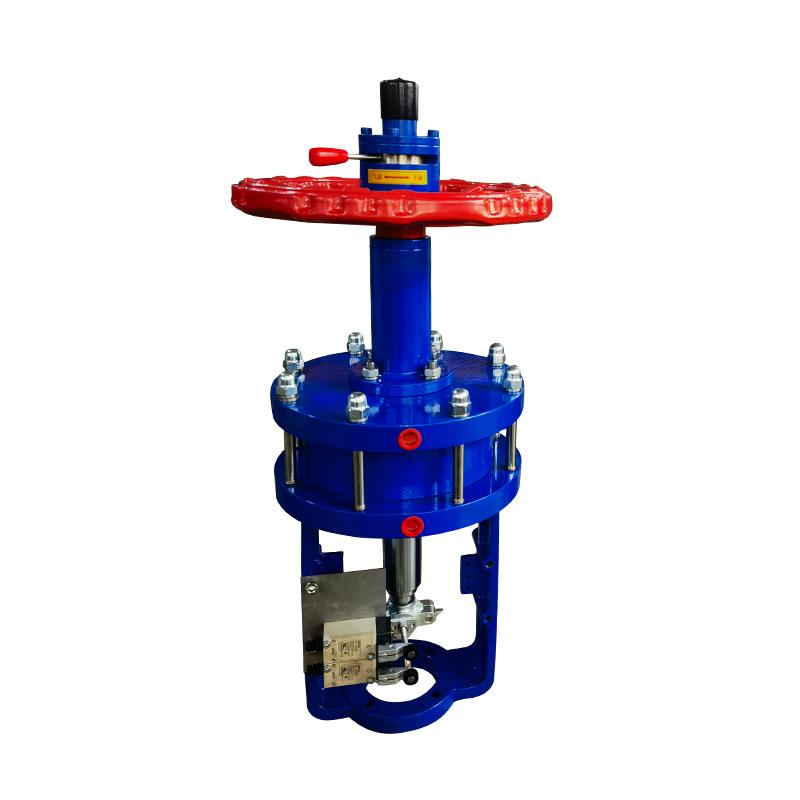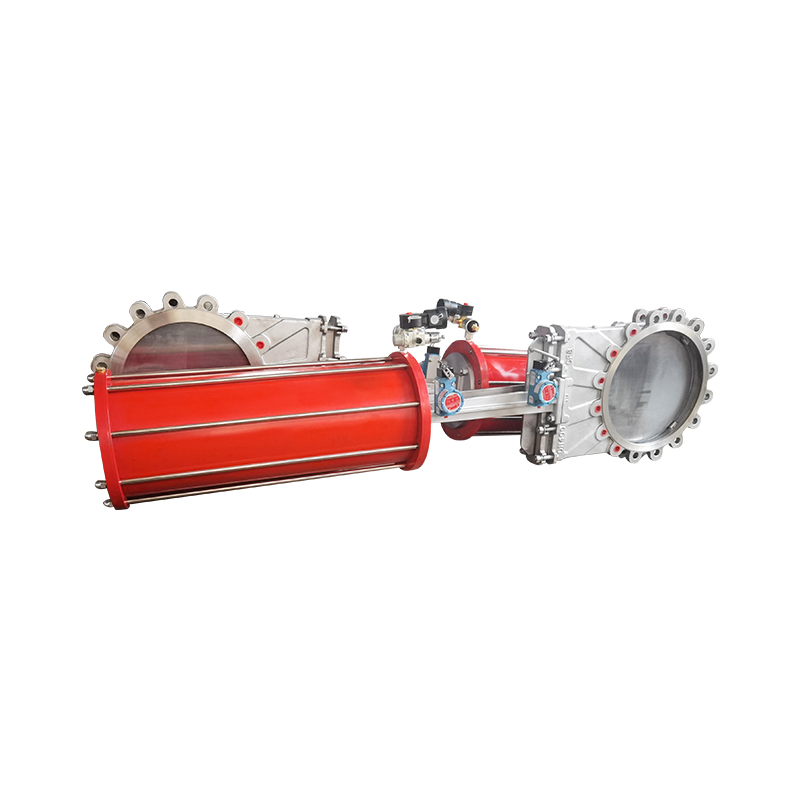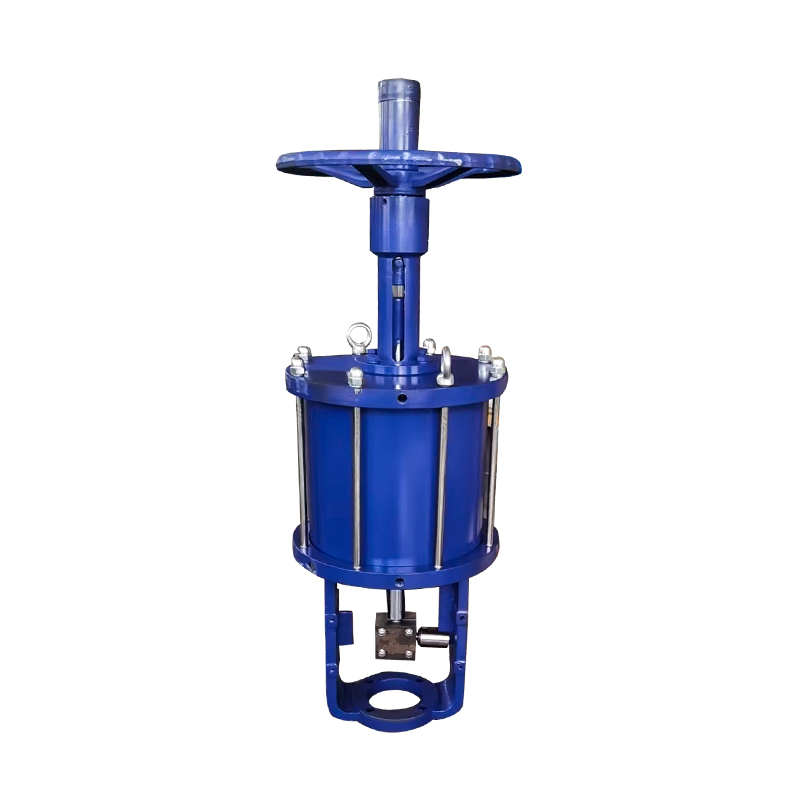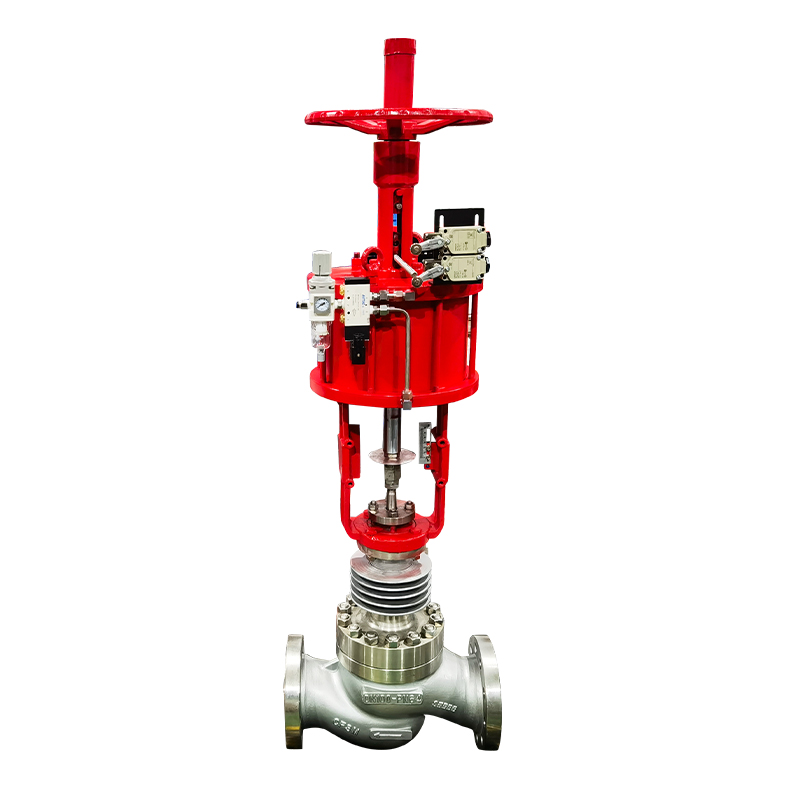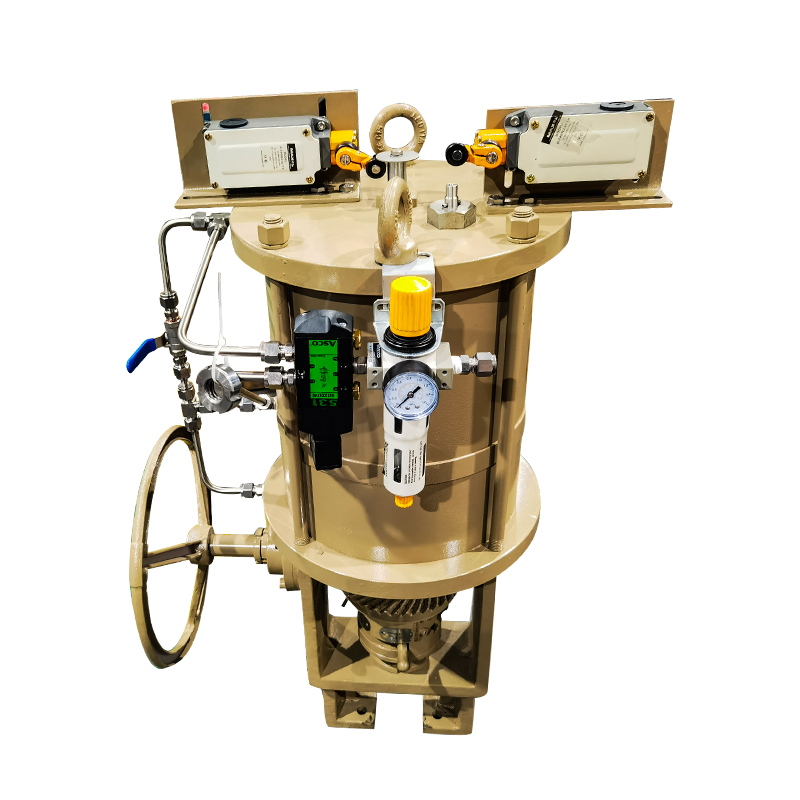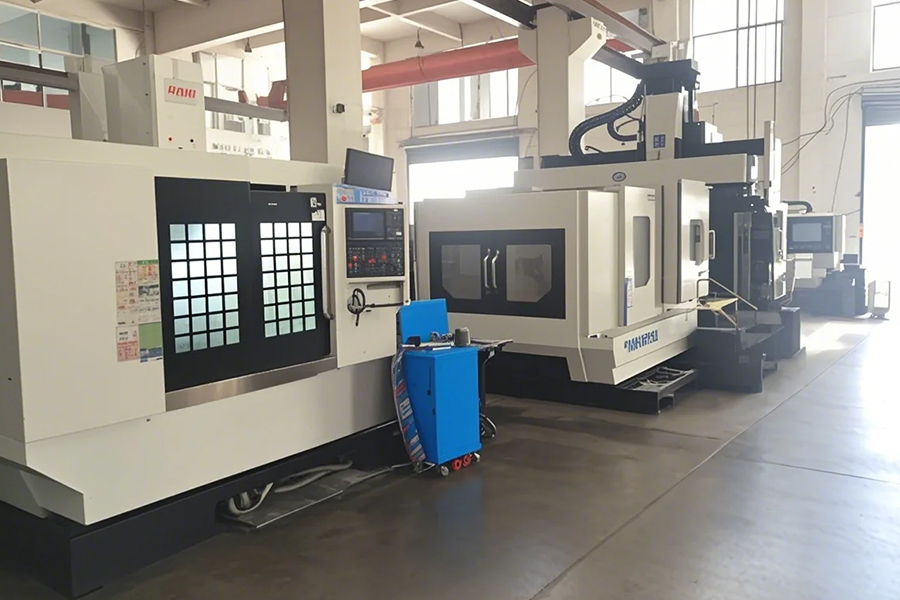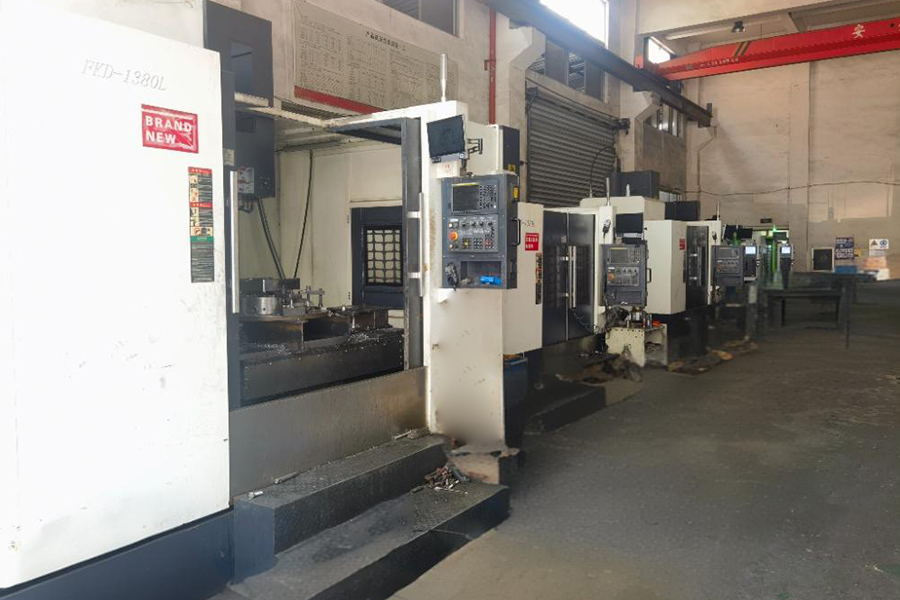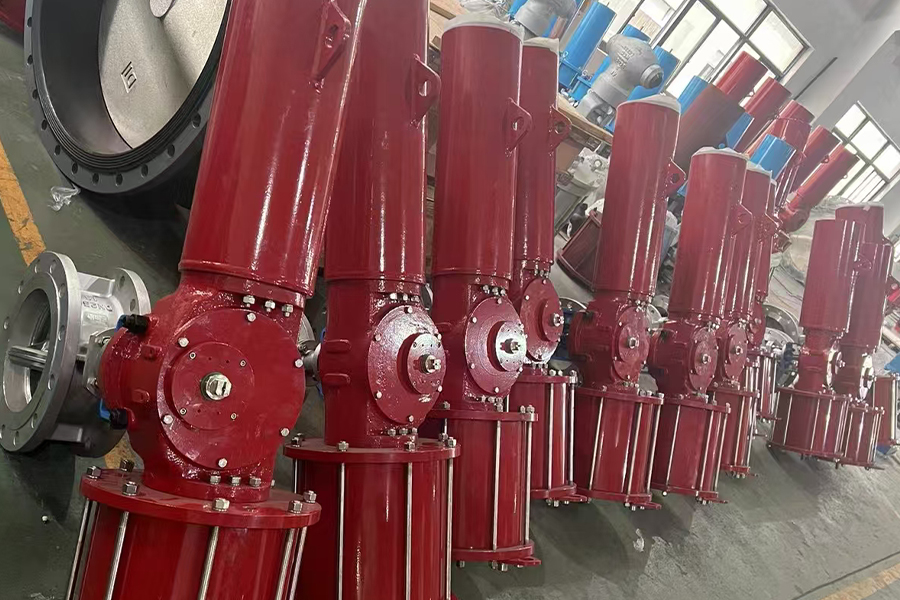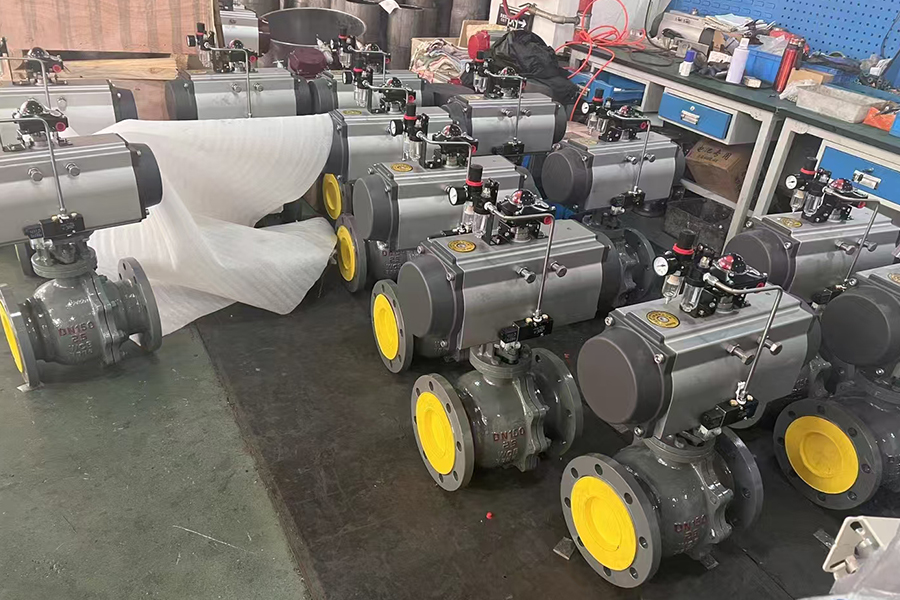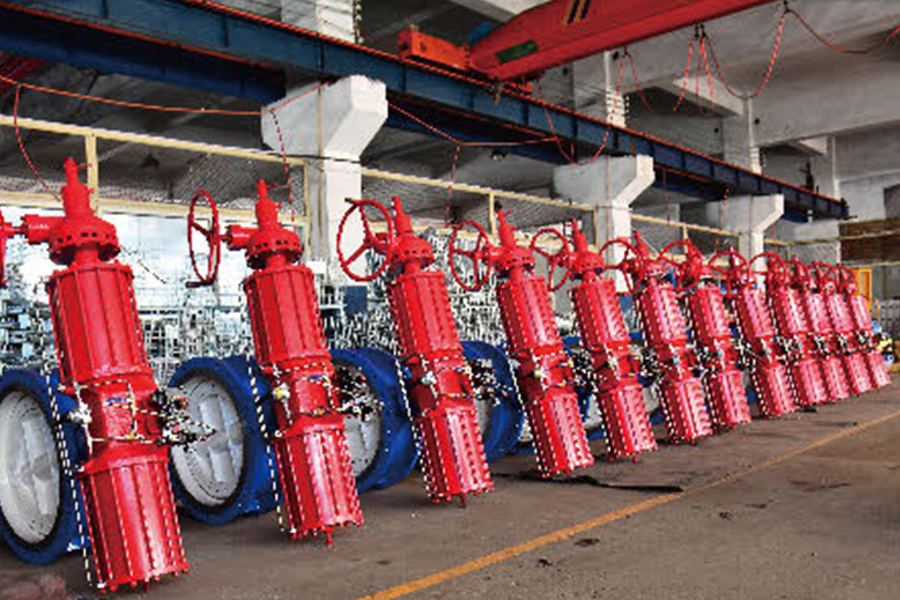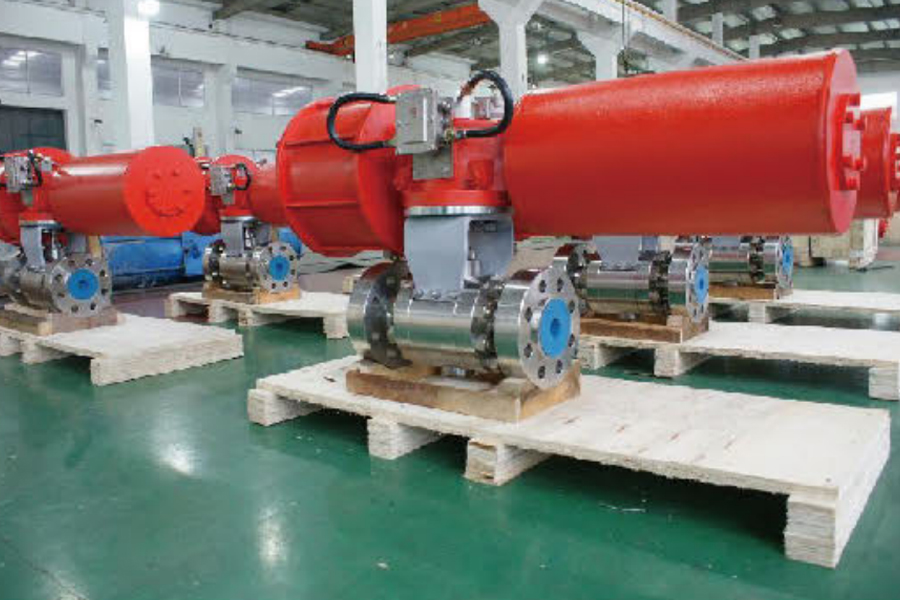Pneumatic butterfly valves are widely used in industrial applications for their compact design, reliable operation, and ease of automation. These valves, actuated by compressed air, are ideal for controlling the flow of gases, liquids, and semi-solids across various sectors.
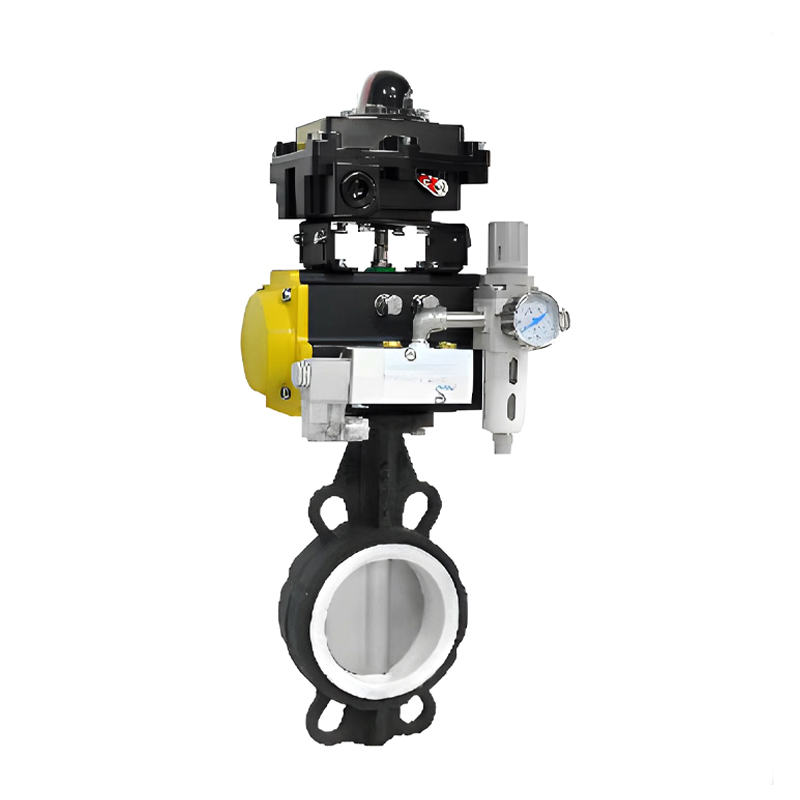
The pneumatic wafer butterfly valve features a disc mounted on a rotating shaft, positioned centrally within the pipeline. The valve operates by turning this disc to open or close the flow passage. The “wafer” design refers to the valve's ability to fit between two pipe flanges using bolts, without needing additional support structures.
The main operating mechanism begins with a pneumatic actuator, which uses compressed air to rotate the valve stem. This actuator can be either single-acting (spring-return) or double-acting (air-operated in both directions). When air is supplied to the actuator, it generates torque to rotate the shaft, which in turn rotates the disc inside the valve body.
When the disc is parallel to the flow, the valve is open, allowing minimal resistance. When rotated perpendicular to the flow, the disc blocks passage, effectively stopping the fluid. Intermediate disc positions allow for throttling, making pneumatic wafer butterfly valves suitable for both on-off and control applications.
The compact structure and simple operation of this valve type make it ideal for systems where space is limited and frequent operation is required.
The pneumatic butterfly valve actuator is designed to control flow in a wide variety of process media. Its ability to handle different substances depends on the materials used in the valve body, disc, and seat. Generally, these actuators are compatible with media that range from clean gases to corrosive liquids.
Air and gases, such as compressed air, nitrogen, and steam, are common mediums where pneumatic butterfly valve actuators are applied. These are prevalent in HVAC systems, pneumatic conveying, and industrial gas pipelines. The smooth operation of the actuator ensures consistent control over pressure and flow rate in these systems.
Liquids, including water, wastewater, and light chemicals, are also well-suited for these valves. In water treatment plants and municipal water systems, the actuator ensures precise regulation of flow and prevents water hammer effects due to its gradual and controlled movement.
Corrosive chemicals, such as acids and alkalis, can be managed with proper valve selection. For instance, the use of stainless steel or plastic-lined bodies and compatible seat materials such as EPDM or PTFE extends the valve's chemical resistance. In chemical and pharmaceutical industries, this flexibility is critical.
Slurries and semi-solids, often found in pulp and paper, food processing, or mining industries, can also be handled by pneumatic butterfly valves when designed with appropriate torque output and abrasion-resistant materials.
The versatility of the pneumatic butterfly valve actuator ensures it can operate effectively across various conditions by matching the valve components with the characteristics of the intended medium.
The air operated butterfly valve relies heavily on its sealing performance to ensure proper function, prevent leakage, and maintain system integrity. The sealing mechanism is primarily established through the tight contact between the disc and the valve seat, which is typically made from elastomeric materials like EPDM, NBR, or PTFE.
Sealing efficiency is influenced by factors such as seat material, disc alignment, actuator torque, and operating conditions (e.g., temperature and pressure). When the actuator closes the valve, it applies precise torque to press the disc against the seat, forming a tight seal. This ensures bubble-tight shutoff, which is especially important in systems where even minor leakage can cause issues, such as in chemical processing or clean water delivery.
Pneumatic actuation contributes to consistent sealing because it applies steady force, the risk of uneven pressure or manual error. Additionally, some valves are designed with a resilient-seated mechanism, where the elasticity of the seat material compensates for wear or misalignment, maintaining the seal over time.








